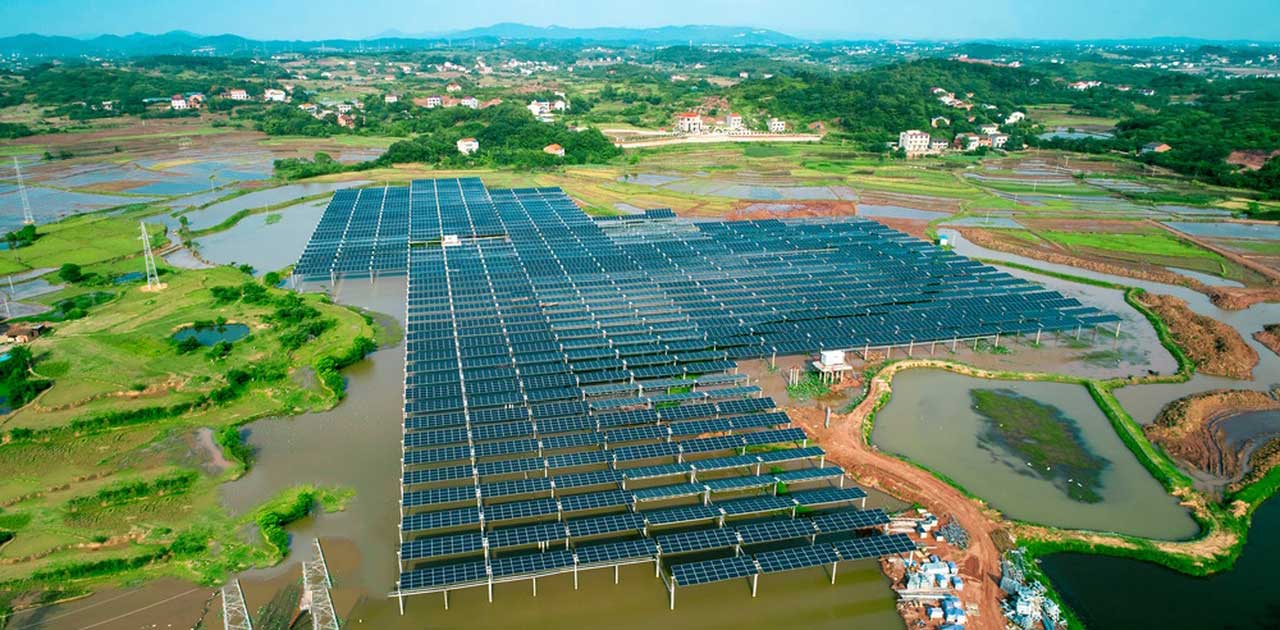Solar carports and canopies are revolutionizing the way we think about renewable energy and space utilization. These innovative structures not only provide shelter for vehicles or outdoor spaces but also generate clean, sustainable energy. At Xiamen TopFence Co., Ltd, we specialize in the supply, installation, and maintenance of solar carports and canopies, offering tailored solutions for residential, commercial, and industrial needs. In this blog, we’ll explore the benefits, installation process, and maintenance tips for solar carports and canopies.
What are Solar Carports and Canopies?
Solar carports and canopies are elevated structures equipped with solar panels on their roofs. They serve a dual purpose:
·Protection: Providing shade and shelter for vehicles, outdoor seating areas, or storage spaces.
·Energy Generation: Harnessing solar energy to power homes, businesses, or electric vehicles (EVs).
These Solar carport structures are an excellent alternative to traditional ground-mounted or rooftop solar systems, especially where space is limited or aesthetics are a priority.
Benefits of Solar Carports and Canopies
1. Maximize Space Utilization
Solar carports and canopies make use of underutilized spaces, such as parking lots or outdoor areas, turning them into energy-generating assets.
2. Cost Savings
By generating your own electricity, you can significantly reduce energy bills and even earn income through feed-in tariffs or net metering.
4. Eco-Friendly
Solar energy is clean and renewable, helping to reduce carbon emissions and combat climate change.
6. Enhanced Property Value
Installing a solar carport or canopy can increase the value of your property while showcasing your commitment to sustainability.
8. EV Charging Integration
Solar carports can be equipped with EV charging stations, making them ideal for businesses or homeowners with electric vehicles.
Our Solar Carport & Canopy Services
At Xiamen TopFence Co., Ltd, we offer end-to-end solar carport mounting solutions, ensuring a seamless experience from start to finish.
1. Supply
We provide high-quality materials, including durable steel or aluminum frames and premium solar panels, designed to withstand harsh weather conditions. Our structures are customizable to fit your specific needs, whether it’s a small residential carport or a large commercial canopy.
2. Installation
Our team of experienced professionals handles the entire installation process, from site assessment and design to construction and grid connection. We ensure that every project is completed efficiently, safely, and to the highest standards.
3. Maintenance
To keep your solar carport or canopy operating at peak performance, we offer comprehensive maintenance services, including regular inspections, cleaning, and repairs. Our proactive approach helps extend the lifespan of your system and maximize energy output.
Installation Process
1. Site Assessment
We begin by evaluating your site to determine the best design and placement for your solar carport or canopy.
2. Custom Design
Based on your energy needs and space availability, we create a tailored design that maximizes energy generation and complements your property.
4. Permitting and Approvals
Our team handles all necessary permits and approvals, ensuring compliance with local regulations.
6. Construction and Installation
We install the structure and solar panels with precision, ensuring durability and optimal performance.
8. Grid Connection and Testing
Once installed, we connect the system to the grid and conduct thorough testing to ensure everything is functioning correctly.
Maintenance Tips for Solar Carports and Canopies
To ensure your solar carport or canopy remains efficient and reliable, follow these maintenance tips:
·Regular Cleaning: Keep solar panels free of dust, dirt, and debris to maximize energy production.
·Inspections: Schedule annual inspections to check for wear and tear or potential issues.
·Repairs: Address any damage or malfunctions promptly to avoid long-term problems.
·Monitoring: Use monitoring systems to track energy production and identify any performance drops.
Why Choose Xiamen TopFence Co., Ltd?
·Expertise: Years of experience in solar carport and canopy installations.
·Quality: High-quality materials and workmanship for long-lasting performance.
·Customization: Tailored solutions to meet your unique needs.
·Comprehensive Support: From supply and installation to maintenance, we’ve got you covered.
Conclusion
Solar carports and canopies are a smart investment for anyone looking to combine functionality with sustainability. Whether you’re a homeowner, business owner, or industrial operator, these structures offer a practical and eco-friendly way to generate energy while protecting your assets.
At Xiamen TopFence Co., Ltd, we’re committed to helping you harness the power of the sun with our end-to-end solar carport and canopy solutions. Contact us today to learn more about how we can bring your solar project to life!











